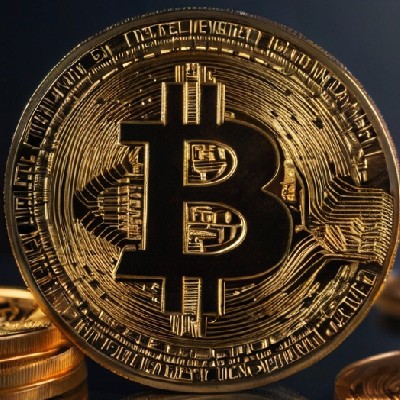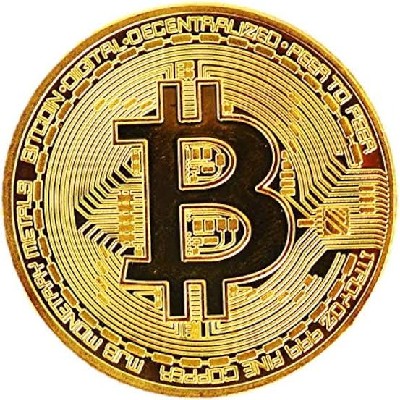
Coin-related
Price calculator
Price history
Price prediction
Technical analysis
Coin buying guide
Crypto category
Profit calculator

UniLayer priceLAYER
How do you feel about UniLayer today?
Price of UniLayer today
What is the highest price of LAYER?
What is the lowest price of LAYER?
UniLayer price prediction
When is a good time to buy LAYER? Should I buy or sell LAYER now?
What will the price of LAYER be in 2026?
What will the price of LAYER be in 2031?
UniLayer price history (USD)
 Lowest price
Lowest price Highest price
Highest price 
UniLayer market information
UniLayer's market cap history
UniLayer holdings by concentration
UniLayer addresses by time held

UniLayer ratings
About UniLayer (LAYER)
Certainly! Here's an informative article about the cryptocurrency UniLayer: Cryptocurrency UniLayer: Exploring Its Features and Benefits Introduced as a decentralized finance (DeFi) application built on the Ethereum blockchain, UniLayer has gained significant attention in the world of cryptocurrencies. UniLayer stands out for its unique features and potential to revolutionize the financial industry. One of the key features of UniLayer is its advanced trading interface, which allows users to execute transactions seamlessly. With a user-friendly design and intuitive navigation, UniLayer empowers both experienced traders and newcomers to easily engage in trading digital assets. The platform supports various tokens, ensuring a diverse range of options for traders. UniLayer boasts high liquidity, enabling users to buy or sell tokens at any given time. This liquidity is facilitated through UniLayer's integration with popular decentralized exchanges, providing users with access to a wide range of trading pairs. As a result, traders can easily find suitable trading opportunities and maximize their potential profits. Additionally, UniLayer prioritizes security and transparency, aiming to provide a secure trading environment for users. The platform utilizes smart contracts to ensure that all transactions are executed accurately and efficiently. Moreover, UniLayer provides real-time market data, enabling users to make informed trading decisions based on the latest trends and developments. UniLayer offers a range of trading tools and features designed to enhance the overall user experience. Users can access advanced charting tools, indicators, and analytical insights to analyze market trends and optimize their trading strategies. The platform also supports limit and stop-loss orders, allowing users to manage their risk effectively. Furthermore, UniLayer has a thriving community, with active participation from developers, traders, and enthusiasts. The community contributes to the growth of the platform by introducing new features, proposing improvements, and providing feedback. This collaborative approach ensures that UniLayer remains relevant and responsive to user needs. In conclusion, UniLayer is a promising cryptocurrency that offers a range of unique features and benefits to traders. Its advanced trading interface, high liquidity, and commitment to security make it an attractive choice for individuals seeking a reliable and user-friendly trading platform. With ongoing development and community engagement, UniLayer has the potential to further elevate the decentralized finance industry and reshape the way we trade and interact with cryptocurrencies.
LAYER to local currency
- 1
- 2
- 3
- 4
- 5
UniLayer news


New listings on Bitget
Buy more
FAQ
What is the current price of UniLayer?
What is the 24 hour trading volume of UniLayer?
What is the all-time high of UniLayer?
Can I buy UniLayer on Bitget?
Can I get a steady income from investing in UniLayer?
Where can I buy UniLayer with the lowest fee?
Where can I buy crypto?
Video section — quick verification, quick trading

Bitget Insights





Related assets




































UniLayer Social Data
In the last 24 hours, the social media sentiment score for UniLayer was 3, and the social media sentiment towards UniLayer price trend was Bullish. The overall UniLayer social media score was 0, which ranks 1380 among all cryptocurrencies.
According to LunarCrush, in the last 24 hours, cryptocurrencies were mentioned on social media a total of 1,058,120 times, with UniLayer being mentioned with a frequency ratio of 0%, ranking 1380 among all cryptocurrencies.
In the last 24 hours, there were a total of 56 unique users discussing UniLayer, with a total of UniLayer mentions of 0. However, compared to the previous 24-hour period, the number of unique users decrease by 30%, and the total number of mentions has decrease by 100%.
On Twitter, there were a total of 0 tweets mentioning UniLayer in the last 24 hours. Among them, 0% are bullish on UniLayer, 0% are bearish on UniLayer, and 100% are neutral on UniLayer.
On Reddit, there were 0 posts mentioning UniLayer in the last 24 hours. Compared to the previous 24-hour period, the number of mentions decrease by 100% .
All social overview
3